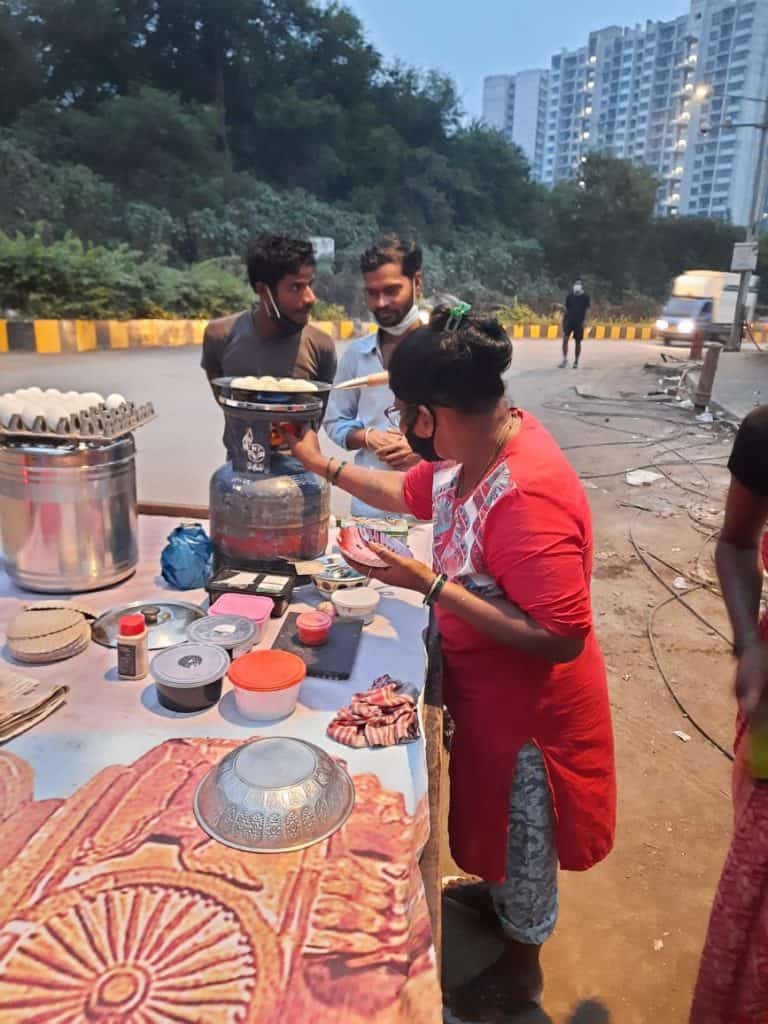Many of us may have heard this short story about a little boy on the beach.
Once upon a time there was an old man who used to go to the ocean to do his writing. Early one morning, he saw a small boy on the sea-shore.
A big storm the previous night had littered the vast beach with thousands of starfish. The little boy bent down every so often to pick up an object and throw it into the sea.
“May I ask what is it that you are doing” he asked the boy.
“Throwing starfish into the ocean” the boy replied. “The tide has washed them up onto the beach and they can’t return to the sea by themselves.”
“But there must be tens of thousands of starfish on this beach. I’m afraid you won’t really be able to make much of a difference” the man persisted.
The boy bent down, picked up yet another starfish and threw it as far as he could into the ocean. Then he turned, smiled and said, “It made a difference to that one!”.
This is a story I often turn to, when I find myself over-whelmed by the problems of the world and my inability, despite my burning desire, to make a significant difference to at least a small percentage of the people.
The COVID-19 pandemic and the lives it ruined was a case in point.
Stories of the effect on migrant labourers, the horrors they endured, the sense of hopelessness and despair that enveloped them and the gut-wrenching tales of people forgotten by the very people they served, abounded in the press. The mind struggled to grapple with so much data and so much pain and misery.
The first thing I did (and there were many others across the city of Mumbai doing this too) was render first-aid. I provided packed food, and later, provisions to more than 500 people – both in my personal capacity and using our office CSR funds.
Eventually though, people wanted to be able to fend for themselves. One cannot spend every day waiting for the van to come with food packets, and one never knows when that would stop. That’s when I decided, I would not let the magnitude of the problem paralyse me and stop me from doing what little I could.
Ranjana Vilare lives in Sangharsh Nagar, a Slum Rehabilation Colony in Powai. She used to work as a cook in three different houses and earned enough to manage a decent living. The pandemic put a firm full-stop to her employment.
It took Rs. 3,000 to help her set up her own little road-side food stall – for a gas stove, an initial stock of eggs, paav and masala to start operations and 15 days’ rent for the push cart. Apart from this, I designed a colourful poster advertising her offerings.

This done, the bigger battle was in getting her to stand on the road to sell food. She had never done this before, and she feared social ridicule. There was also concern about getting shooed away by people who are against roadside hawkers, even though these are people trying to earn an honest livelihood. So I stood with her for two hours, on two successive days to provide her the mental strength she needed to overcome her inhibitions.
Today, a month later, Ranjana sells egg-paav, tea and boiled-spiced channa, and is looking to add more items to her menu based on customer feedback.
That’s one starfish thrown back into the sea.